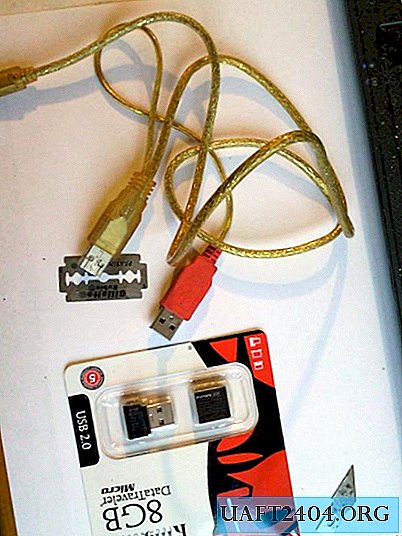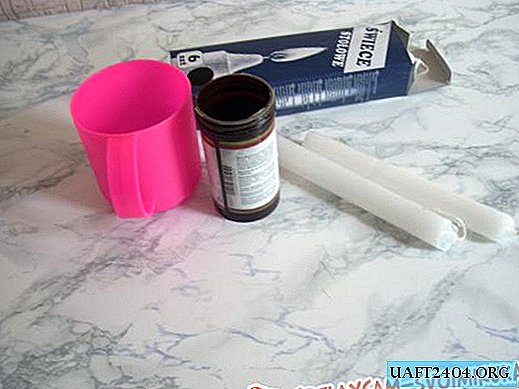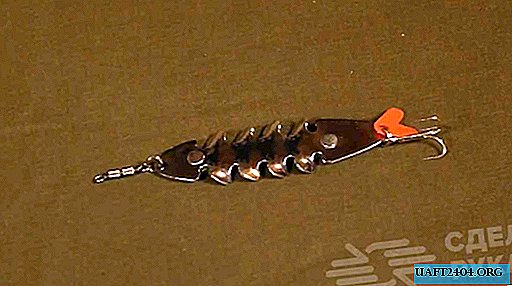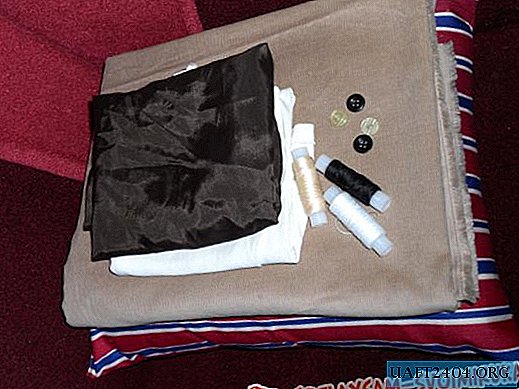Share
Pin
Tweet
Send
Share
Send
The same operation may be needed to drill a hacksaw blade for metal from 1X6VF steel, from which some useful products can be made. A piece of blade from a mechanical saw made of 9XF steel is suitable not only for the manufacture of knives, but, for example, for non-standard key rings.
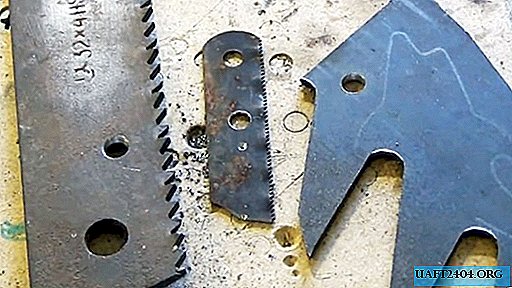
Necessary tool and samples
All considered and other brands of high-speed steels are drilled using spear-shaped (feather) drills on a tile having different designs. So, for example, shanks are made round or hexagonal, which is not of fundamental importance for the main work - drilling.

They are freely sold in almost all construction stores or points of sale selling all kinds of tools. What is very important, drills of this type and purpose are attractive in that they are inexpensive.
Also, for drilling high-speed steels, cones of various shapes and designs will be needed. With their help, accuracy, purity, shape and the required diameter of the drilled hole are ensured.

We have to drill the following samples:
- a piece from a frame saw made of steel grade 9HF.
- a blade hacksaw blade made of 1H6VF steel.
- HSS steel saw blade.
The process of drilling samples of high speed steels
Let's start with the blade from the hacksaw for metal. As a tool, we will choose a used pen drill on a tile that has already been more than once ground on a diamond wheel. That is, from the factory sharpening, which would undoubtedly give the best result, nothing has long remained.
We insert our tool into the electric drill chuck and start drilling without the use of grease or cooling. As the operating mode, select low speed. We notice that the process is slow, but with some patience, after a while, a conical recess is obtained on the canvas, a kind of countersink caused by the shape of our drill.

We drill until a tubercle appears on the other side.

After that, we turn the canvas over and continue the process, guided by the tubercle.


Drilling alternately from one side or the other, we achieve an increase in the diameter of the hole until we get the desired size.

The next sample is a blade from a frame saw. The drilling location is chosen at the base of the teeth, where the material has the greatest hardness.

The process is also not very fast, but steady. This can be seen in the gradually increasing volume of chips around the drill.

We notice that the work is faster if you slightly sway the tool from side to side. This helps remove chips from the cutting area.
We continue drilling on the one hand until the tip of the tool passes through the entire thickness of the metal and forms a small tubercle on the other side of our sample.

Since the thickness of the metal is greater than that of the metal sheet, you will have to replace the drill or grind the one we use in the middle of the process. After that, turn the sample over and continue drilling.


Literally after a few revolutions of the drill, a through hole is formed. Continuing the process, we achieve the required diameter for the mating part.
Bring the hole with a suitable cone.

In our case, it is most convenient to use a conical shape tool. It is easier and faster to achieve the required hole size and give it a cylindrical shape.

Indeed, after a pen drill with its large taper, the hole turns out to be different in diameter: closer to the surface of the sample, it is larger and smaller in the center.

We proceed to drilling the blade from a mechanical saw.

Also, for this we select the zone closer to the teeth, because in this place the metal is harder due to the special hardening.


The process, compared to the two previous samples, seems to be proceeding faster. This can be seen by the intensity of chip formation and obtaining a through hole without drilling from the back side.

To bring the hole to the desired diameter and give it a cylindrical shape, as in previous cases, one of the cones will help.




In practice, we were convinced that any brands of high-speed steels are drilled with ordinary Chinese pen drills on a tile, the main advantages of which are accessibility and a cheap price. Also in this case, standard cones are useful, through which the diameter of the holes is specified and they are given a cylindrical shape.

Final tips and comments
Using linseed oil for drilling (it is used when working with stainless steel and contains oleic acid in its composition), it will be possible to increase productivity, less often drag the tool and increase the purity of processing.
Practice shows that the process of drilling high-speed steels will become more productive if you first use drills with a smaller diameter, and then with a larger one.
Some craftsmen use screws or screws made in Germany and used for concrete work as tools for drilling high-speed steels. Their distinguishing feature - on the head there is a letter "H" (Hardened - hardened).
Share
Pin
Tweet
Send
Share
Send

